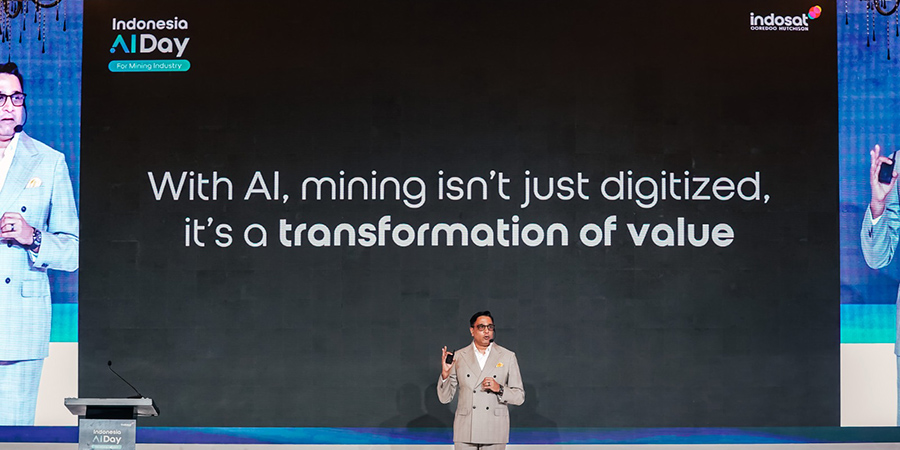Long recognized for its lightning-fast internet speeds and high broadband penetration in urban centers, South Korea has now turned its focus to a more pressing challenge: extending this digital lifeline to its most remote and underserved communities.
Acknowledging that equitable internet access is foundational for economic participation, education, and social inclusion, South Korea launched a dual-track national strategy in 2020 to expand rural broadband through fiber access networks. These two key policies, rolled out simultaneously, aim to close the connectivity gap between cities and rural areas by overcoming the historically high costs associated with deploying infrastructure in less densely populated regions.
As a result of these policies, according to Grand View Research, the South Korea broadband services market is projected to reach USD 7,227.3 million by 2030, growing at a compound annual growth rate (CAGR) of 12.9% from 2024 to 2030. Fiber optic connections previously led the market as the top revenue-generating segment, while wireless broadband is expected to be the fastest-growing and most lucrative segment during the forecast period.
As the world begins exploring the possibilities of 6G, broad collaboration, as demonstrated by South Korea’s dual-track national broadband strategy, is essential.
“It is very important to bring together industry, academia, research institutes, and government to be a first mover to set the 6G standards and secure technology for rapid commercialization,” explained Ryu Jae Myeong, Deputy Minister of Network Policy Bureau at South Korea’s Ministry of Science and ICT (MSIT).
A Twofold Policy Approach
The first initiative, launched in 2020, designated broadband speeds of at least 100 Mbps as a universal service. This means that, by law, every household in the country should have access to broadband internet at this minimum speed. This was a significant move to enshrine digital connectivity as a basic utility.
Alongside this, the government also introduced a public-private partnership (PPP) initiative, targeting around 1,300 rural and remote villages. Running from August 2020 to 2022, this program brought together central and local governments with major internet service providers (ISPs) to share the cost of building new broadband networks in underserved areas.
These efforts were not the first of their kind. South Korea had previously run the Rural Broadband Convergence Network (BcN) Project from 2010 to 2017, which connected over 13,000 villages. However, the newer initiatives sought to build on those earlier successes with improved technology and more targeted cost-sharing strategies.
Interesting Read: South Korea to Build World’s Largest AI Data Center
Cost, Collaboration, and Challenges
Deploying broadband in rural terrain remains an expensive endeavor. Sparse populations, rugged landscapes, and limited existing infrastructure make it economically unattractive for private companies to invest alone. That’s where South Korea’s PPP model shines.
According to a study conducted by South Korea’s Technology Policy Research Division, Electronics and Telecommunications Research Institute, the PPP-based approach allowed ISPs to roll out fiber broadband at costs comparable to, or even lower than, the universal service model. Because multiple stakeholders, including government and private companies, shared the financial load, ISPs were more willing to invest. In many areas, these networks could be built and operated cost-effectively, with returns on investment (ROI) realized within reasonable timeframes.
Yet, this model is somewhat flawed. In certain regions, PPP-based deployments were found to be less efficient than the universal service approach, mainly due to geographical and logistical complications. The universal service model also faced hurdles; chiefly, the financial burden placed on end-users, which led to lower adoption rates in some areas despite availability.
Also Read: SK Telecom Accelerates AI Innovation with New GPUaaS Offering
Towards a Smarter Broadband Strategy
South Korea’s dual-policy model suggests that combining multiple strategies may yield the best results if implemented smartly and flexibly.
The government now faces the complex task of refining its approach to achieve both maximum coverage and cost-effectiveness.
In the aforementioned research study, the researchers recommended several policy adjustments, such as reducing the cost burden on rural end-users of the universal service and expanding the geographical coverage ISPs are responsible for in PPP agreements. Additionally, offering greater subsidies or tax breaks to participating ISPs could incentivize further investment and network upgrades in harder-to-reach communities.
As of 2024, Srikanth Vaidya, a Telecom Analyst at GlobalData, noted, “The average monthly mobile data usage in South Korea is expected to increase from 14.6 GB in 2023 to 30.5 GB in 2028, driven by the growing consumption of online video and social media content over smartphones, thanks to widespread availability of 5G services.” In light of this projection, a continued smart broadband strategy is essential to meet this demand.
South Korea’s broadband expansion efforts offer valuable insights for other nations grappling with the digital divide. It underscores the importance of robust government intervention, strategic partnerships, and evidence-based policy refinement. With a mix of universal service obligations and cooperative funding models, South Korea is proving that even in the most remote corners of a highly urbanized nation, high-speed internet can be a reality, not a luxury.
As digital connectivity becomes increasingly critical for economic resilience and societal well-being, South Korea’s binary implementation may serve as a roadmap for others to close the broadband gap, one village at a time.







